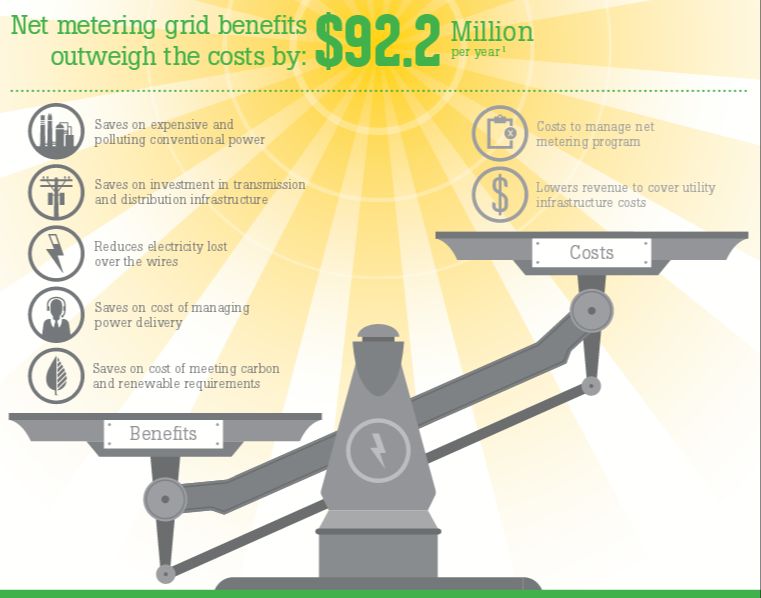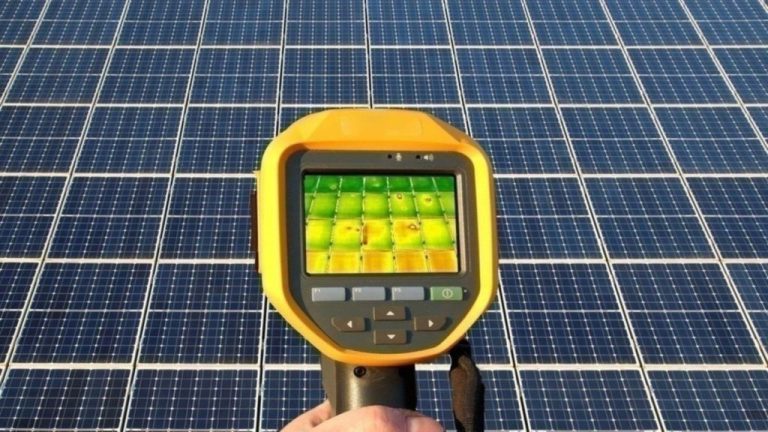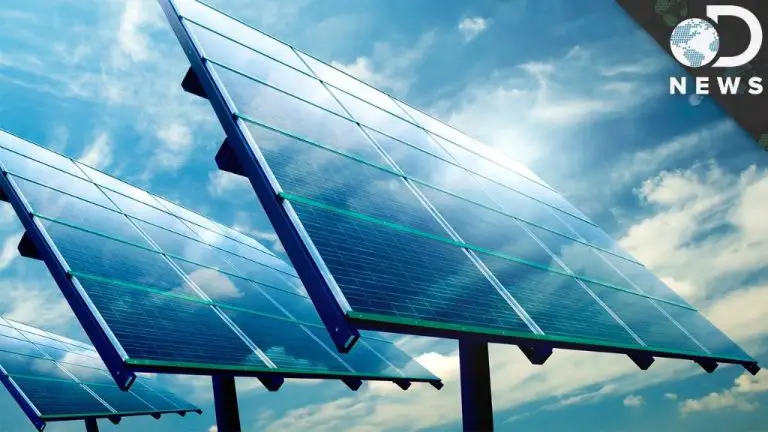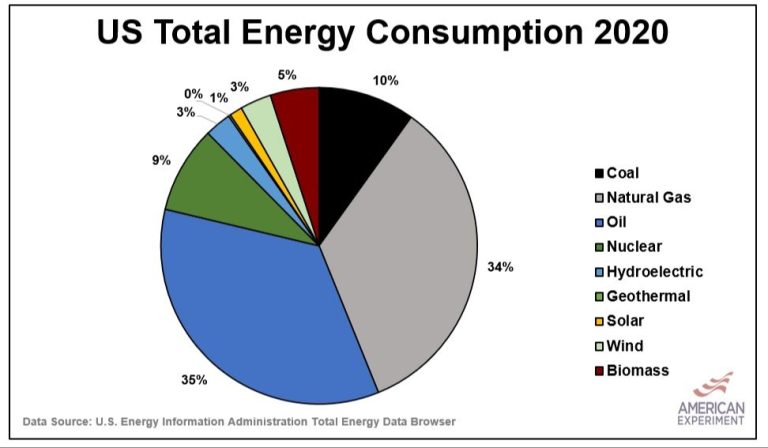Is Solar Better Than Electric?

Fossil fuels, like coal, oil and natural gas, have been the dominant source of energy across the world for over a century.
But in recent years, there has been a major shift underway towards renewable energy sources like solar and wind power.
In 2019, renewable energy sources generated 17.5% of U.S. electricity. This was nearly double the amount generated in 2009, when renewables produced just 9.2% of U.S. electricity (source).
So how do renewable energy sources like solar compare to traditional electricity when it comes to factors like cost, efficiency and environmental impact?
How Solar Power Works
Solar power works by converting energy from the sun into electricity or heat. There are two main technologies for harnessing solar energy:
Photovoltaic (PV) cells directly convert sunlight into electricity using semiconductor materials that exhibit the photovoltaic effect. When sunlight hits the PV cell, the absorbed photons energize the electrons in the cell, causing them to move and generate an electric current (1). This electricity can then be used to power homes, businesses, and the grid.
Solar thermal technologies use mirrors or lenses to concentrate solar radiation to heat some type of fluid – usually water or a heat-transfer fluid. The heated fluid is then used to generate electricity in a steam turbine or heat engine. Solar thermal plants can also store the heated fluid in insulated tanks to generate electricity when the sun is not shining (2).
So in summary, PV cells directly convert sunlight into electricity at the atomic level, while solar thermal uses the sun’s heat to create steam for driving a turbine. Both technologies harness the power of the sun in different ways to generate renewable electricity.
(1) https://www.energy.gov/eere/solar/how-does-solar-work
(2) https://www.nationalgrid.com/stories/energy-explained/how-does-solar-power-work
Pros of Solar Power
Solar power is a clean, renewable source of energy. Unlike fossil fuels, solar energy does not produce any air pollution, greenhouse gases, or toxic waste. According to the U.S. Department of Energy, “solar electricity is clean and renewable; it doesn’t release any harmful pollutants into the air” (https://www.energy.gov/energysaver/benefits-residential-solar-electricity). Generating electricity from sunlight produces no carbon emissions, helping combat climate change. The Environmental Protection Agency states that one kilowatt-hour of electricity produced from solar energy avoids 0.7-1.2 pounds of carbon emissions compared to the U.S. average utility grid mix (https://www.epa.gov/energy/greenhouse-gas-equivalencies-calculator). Solar energy is also renewable – the sun’s rays are inexhaustible, making solar a sustainable long-term energy solution.
Cons of Solar Power
While solar energy has many benefits, there are some downsides to consider as well. Two main cons of solar power are the upfront cost and intermittency.
The initial cost of purchasing and installing solar panels can be quite high compared to other energy sources. According to Constellation Energy, the average cost to install a solar energy system for a home is around $15,000-$25,000 before incentives and tax credits. This high upfront investment can deter some homeowners and businesses from choosing solar.
Another disadvantage of solar is its intermittent nature. Solar panels do not produce electricity at night, and cloudy weather can significantly reduce energy production. This inconsistency means solar may need to be coupled with energy storage systems or a connection to the utility grid for backup power. The intermittency can also make it challenging to integrate large amounts of solar onto the electric grid.
How Electricity is Generated
Most electricity in the United States is generated at power plants using various energy sources to drive electricity generators. According to the U.S. Energy Information Administration, about 60% of electricity generation in 2020 came from burning fossil fuels like coal, natural gas, and petroleum. Here’s an overview of the main sources used to generate electricity:
Coal: Burning coal to boil water and produce steam that spins a turbine is the most common way to generate electricity in the U.S. In 2020, coal accounted for about 24% of total electricity generation. Most coal-fired power plants are located near coal mines or transportation lines to facilitate fuel transport. However, burning coal produces air pollutants and carbon dioxide emissions. [1]
Natural Gas: The second largest energy source for electricity generation is natural gas, comprising 40% of generation in 2020. Natural gas power plants boil water by burning natural gas in a combustion turbine. The steam then rotates turbines to generate electricity. Natural gas emits less air pollution than coal, but still produces carbon dioxide emissions. Natural gas power plants can also start up quickly to meet sudden increases in electricity demand. [1]
Nuclear: Nuclear power accounted for about 20% of U.S. electricity generation in 2020. At nuclear power plants, the fission of uranium fuel in a nuclear reactor heats water to produce steam that drives turbine generators. Nuclear power does not emit air pollution or carbon dioxide. However, there are concerns about the safe disposal of radioactive waste. [2]
Pros of Electricity
Electricity generated from fossil fuels like coal and natural gas provides reliable, on-demand power (https://www.constellation.com/energy-101/energy-innovation/solar-energy-pros-and-cons.html). The grid is designed to distribute electricity instantly from power plants to homes and businesses in order to meet the immediate demands of customers. This ensures that electricity is available whenever you flip a light switch or plug in an appliance, regardless of environmental conditions outside. Unlike solar power which depends on sunlight, electricity from the grid consistently delivers power around the clock. Having electricity available on demand is essential for modern life and enables conveniences many now take for granted.
Cons of Electricity
One of the main cons of electricity generated from fossil fuels like coal and natural gas is pollution. Burning these fossil fuels releases pollutants like sulfur dioxide, nitrogen oxides, particulate matter, and mercury into the air which contributes to smog, acid rain, and health issues [1]. Fossil fuel power plants are also a major source of carbon emissions that contribute to climate change.
Another downside of electricity from fossil fuels is safety concerns. Extracting and transporting fuels like coal and natural gas carries risks, and accidents at power plants can be catastrophic. The emission of pollutants from these plants also poses public health risks. Coal mining in particular is one of the most dangerous jobs due to the threat of mine collapses, explosions, and black lung disease.
Cost Comparison
When comparing the costs of solar power versus traditional electricity, there are a few key factors to consider: installation costs, ongoing maintenance fees, and monthly energy bills. According to Paradise Solar Energy, the average cost to install a solar panel system for a home is around $20,000 before tax credits and rebates. However, incentives can cover up to 50% or more of the initial costs. Meanwhile, there are no equipment costs associated with traditional utility-provided electricity.
In terms of maintenance, solar panels require little upkeep but may need cleaning, repairs or inverter replacement over decades of use. Still, these maintenance costs are minimal compared to a utility company’s expenses for operating large-scale power plants. According to UMASolar, the limited maintenance costs for solar allow it to provide more value over its lifetime.
When it comes to monthly energy bills, solar customers can reduce their bills by 50-100% or even achieve zero bills, as excess power gets sold back to the grid. According to SunRun, the average $100 monthly electricity bill can become $50 or less with solar, leading to thousands in lifetime savings. Utility costs continue to rise over time, while solar can lock in low energy rates for decades.
Which is Better for the Environment?
When considering the environmental impact of solar power versus electricity from fossil fuels, it’s important to look at the full lifecycle emissions and pollution. Multiple studies have found that solar power has a clear advantage over fossil fuels when examining the entire lifecycle:
According to a study by the National Renewable Energy Laboratory (https://www.nrel.gov/analysis/life-cycle-assessment.html), the lifecycle greenhouse gas emissions from solar PV are over 10 times lower than the emissions from coal power plants. The emissions from solar are also lower than natural gas power plants.
The emissions and pollution from fossil fuel power plants come from extracting and transporting the fuels, burning them for electricity, and disposing of waste products. Solar panels produce emissions and pollution during manufacturing, transporting, and installation, but very little afterwards during operation.
In addition to lower greenhouse gas emissions, solar power generates far less air and water pollution than fossil fuel electricity. Burning coal and natural gas releases particulates, nitrogen oxides, sulfur dioxide, and other contaminants into the air which have negative health and environmental effects.
Overall, numerous lifecycle analyses have demonstrated that solar power has a significantly lower environmental impact compared to fossil fuel electricity. Solar provides a cleaner alternative by reducing emissions and avoiding the extraction and burning of coal, oil, and natural gas.
Conclusion
In summary, both solar and electric power have their pros and cons. Solar power is renewable and better for the environment, but can be expensive upfront and unreliable due to weather dependence. Electricity is affordable and consistent, but relies heavily on fossil fuels that contribute to climate change.
Looking to the future, the prevalence of solar power in the United States is expected to grow significantly. According to the Solar Futures Study by the U.S. Department of Energy, solar power could provide up to 40% of the nation’s electricity by 2035 if solar deployment continues at its current pace. Solar energy will likely play an increasingly important role in powering our homes and businesses in a sustainable manner. Yet traditional electric power will remain essential for grid stability as more intermittent renewables come online.
There is no definitive answer to whether solar or electric power is “better.” The optimal energy mix depends on individual needs and priorities. But moving forward, integrating more solar onto the electric grid can help create a cleaner, resilient energy system for all.





